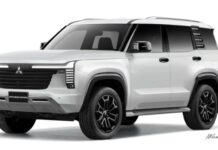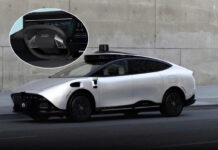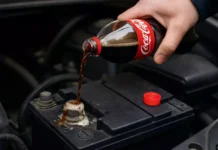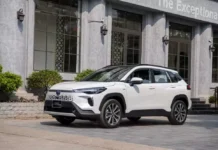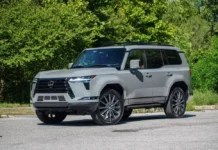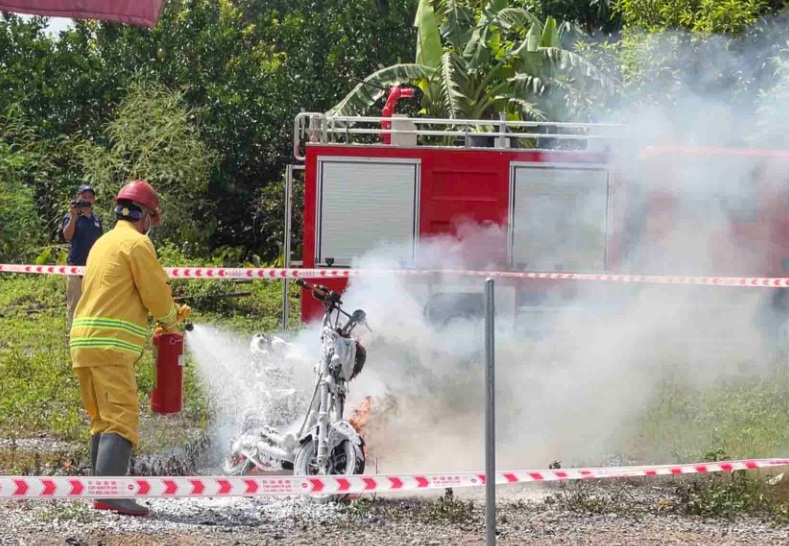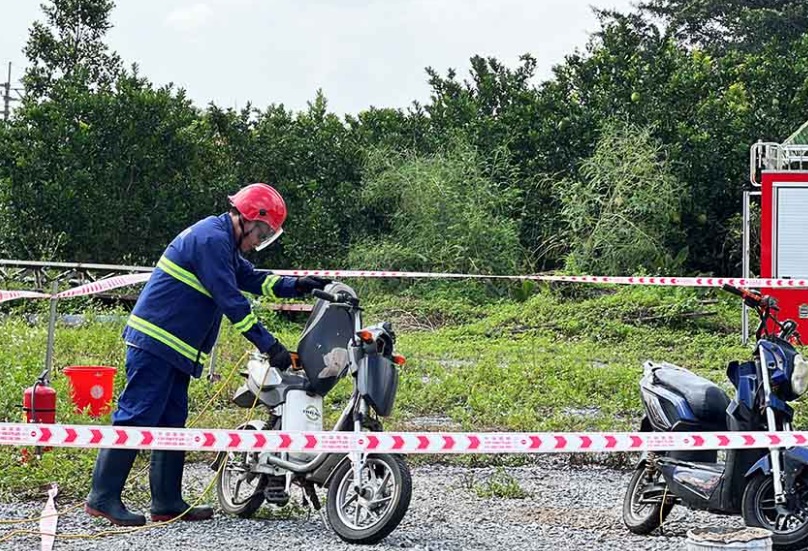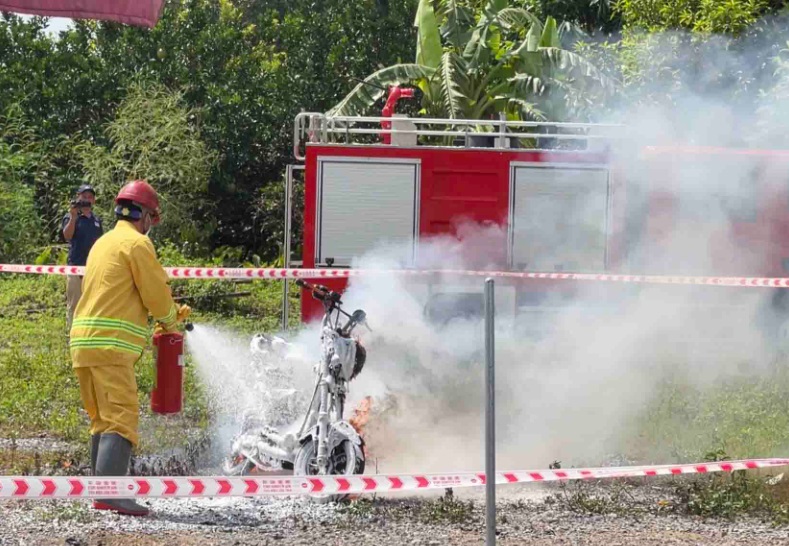Electric vehicles are becoming increasingly popular, and the number of fire incidents related to electric cars is also increasing, causing unpredictable consequences and insecurity for users.
The batteries used for electric cars are mostly lithium-ion batteries, which are widely used in electronic devices such as computers, phones, and cameras. These batteries are relatively safe and have been proven through billions of daily use devices worldwide.
However, similar to gasoline and diesel, electric car batteries are high-density energy storage devices, so they always carry the risk of fire and explosion if not used properly.
The causes of lithium-ion battery fires/explosions include mechanical impact, overcharging, and overheating. These factors can cause the separators between the battery cells to be punctured, leading to a short circuit within the battery cells.
Lithium-ion battery fires are usually difficult to extinguish because they are chemical reactions that do not require oxygen. Therefore, conventional methods such as using wet blankets or sand to isolate the flames from oxygen are not effective.
Recently, the Vietnam Fire and Rescue Association (VFRA) announced the results of tests on the ability to extinguish electric vehicle battery fires.
Specifically, on September 21, 2023, VFRA conducted firefighting tests on lithium-ion battery fires equipped on electric motorcycles and electric bicycles using various portable fire extinguishers available on the market, which were registered for testing by VFRA member companies.
Some of the fire extinguishers used in the testing included sand fire extinguishers, powder fire extinguishers, and CO2 fire extinguishers.
In addition, VFRA also used certain portable fire extinguishers produced and registered for testing by VFRA member companies, such as the Eco Fire 6 water-based fire extinguisher, the F500 EA molecularly encapsulated water-based fire extinguisher, and the ORION OR-6 fire extinguisher, which uses the ORION compound fire extinguisher solution.
The testing process consisted of 3 steps:
Step 1: Using an electric stove to directly heat the battery block at the designed position on the electric car to ignite the battery block.
Step 2: When the fire broke out on the battery block and spread throughout the car, and the battery cells exploded and flew out to surrounding areas, the temperature of the fire, the time, and the use of fire extinguishers to extinguish the fire were recorded. The temperature of the scattered battery cells was also measured and recorded.
Step 3: Immediately after the fire was extinguished, the temperature, time, fire extinguishing results, post-fire phenomena, and overall results were recorded.
The testing process showed that the temperature of the fires measured at the battery block before extinguishing was around 500 – 600 degrees Celsius.
In addition, during the fire, the lithium-ion battery cells exploded and flew out to a distance of over 30m with an estimated height of 15m above the position of the electric car. The scattered battery cells had a temperature of about 250 degrees Celsius.
Notably, portable fire extinguishers such as powder fire extinguishers and CO2 fire extinguishers were unable to extinguish the fires.
Based on the tests, the F500 EA fire extinguisher, which uses a water-based fire extinguishing solution, was able to extinguish the fire within 2 minutes. After the fire was extinguished, there were no explosions, no smoke, and the temperature decreased significantly (below 60 degrees Celsius).
The ORION OR-6 fire extinguisher, which uses the ORION compound fire extinguisher solution, was able to extinguish the fire within 4 minutes. After the fire was extinguished, there were no explosions, no smoke, and the temperature decreased significantly (below 60 degrees Celsius).
The Eco Fire 6 water-based fire extinguisher was able to extinguish the fire within 4 minutes. After the fire was extinguished, the scattered battery cells still exploded and emitted smoke, with a high temperature (below 230 degrees Celsius).
In addition, damp sand had the ability to extinguish the fire, but only under specific conditions. The association also recommended that the vehicles should be positioned as close to the ground as possible, and even be knocked down, and then covered with a lot of sand.
After testing various methods, VFRA identified only two types of fire extinguishers that could extinguish fires from lithium-ion batteries equipped on electric motorcycles and electric bicycles. These are the F500 EA fire extinguisher, using a water-based fire extinguishing solution with molecular encapsulation technology, and the ORION OR-6 fire extinguisher, which uses the ORION compound fire extinguisher solution.
In addition, during the battery cell explosions, the cells would be ejected at high temperatures, so users need to wear protective gear to ensure their safety during the fire extinguishing process.
TH (Tuoitrethudo)
Photos: VFRA



